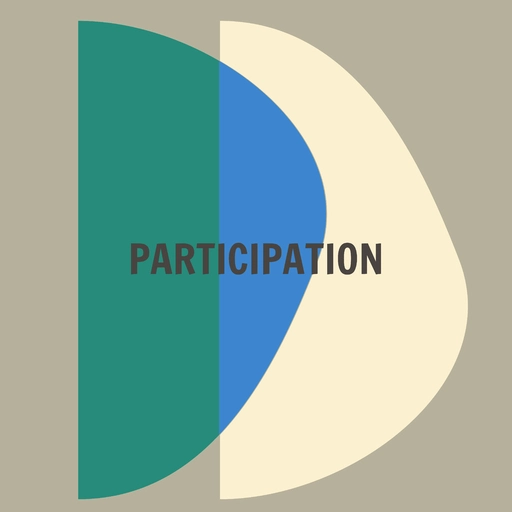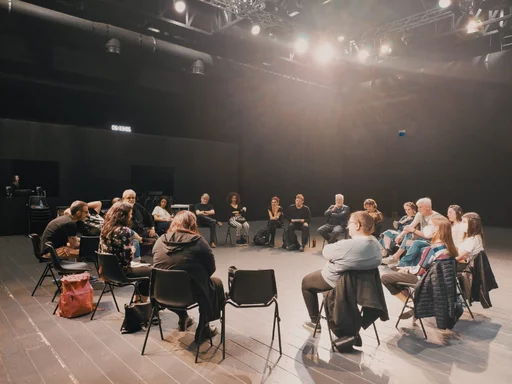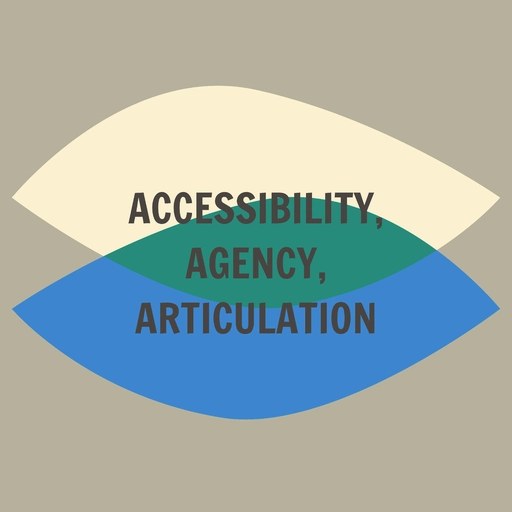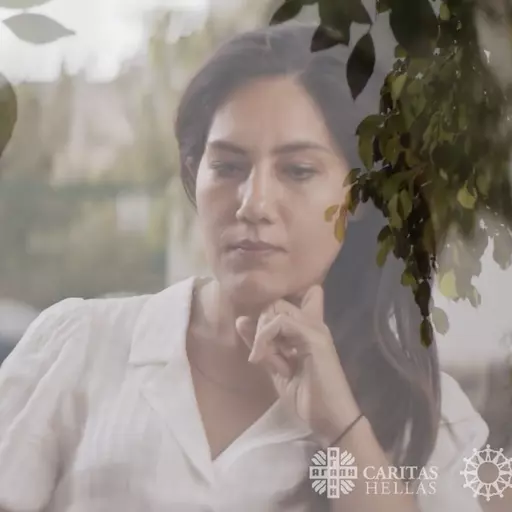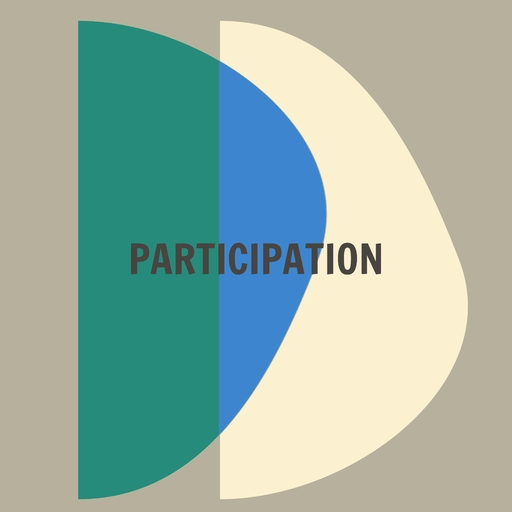POSSIBLE EXTENSIONS/ VARIATIONS
Instead of simple board game you could also design a living board game, using your body on this board game.
The three roles mentioned above are a minimum. In (almost) every participatory project there are more people/ roles involved. This could be implemented in the board game by installing an inner circle with ‘simple’ roles, and an outer circle with a more diverse compilation of stakeholders.
More ‘exciting’ cards could be added to the board game. Think for instance of adding stop cards (when a player does something against the common goal, must be consequences, e.g., delay in the process, going back few steps etc.) or adding secret card (the saboteur): identify someone in the group(s) who does not apply to the “participatory art rules.” For example, only wants to have profit, e.g., amazing work of art, wants to decide who is in or out. Ps the card can be secret, so the other players do not need to know who the ‘saboteur’ is. He/she/they have to work undercover.


